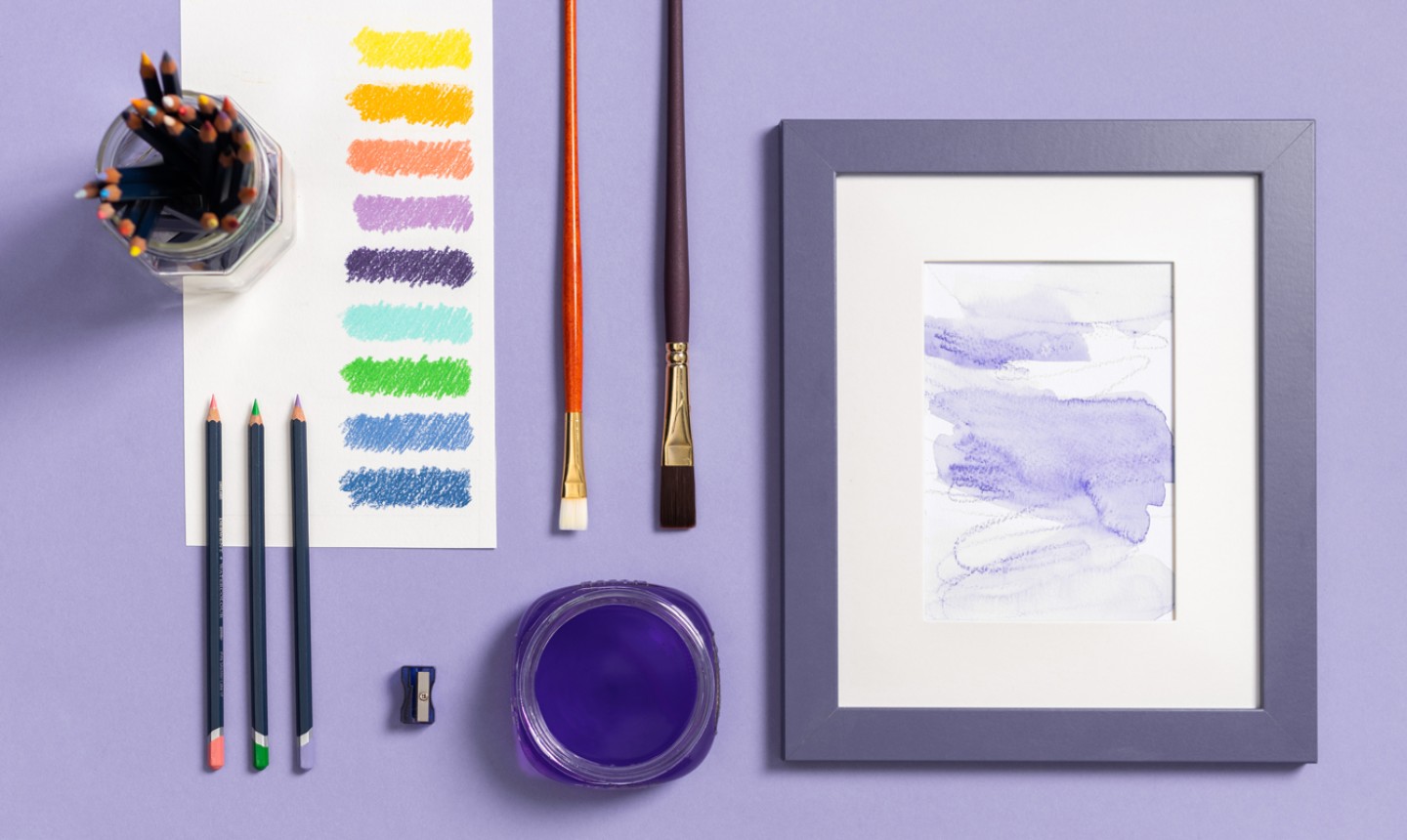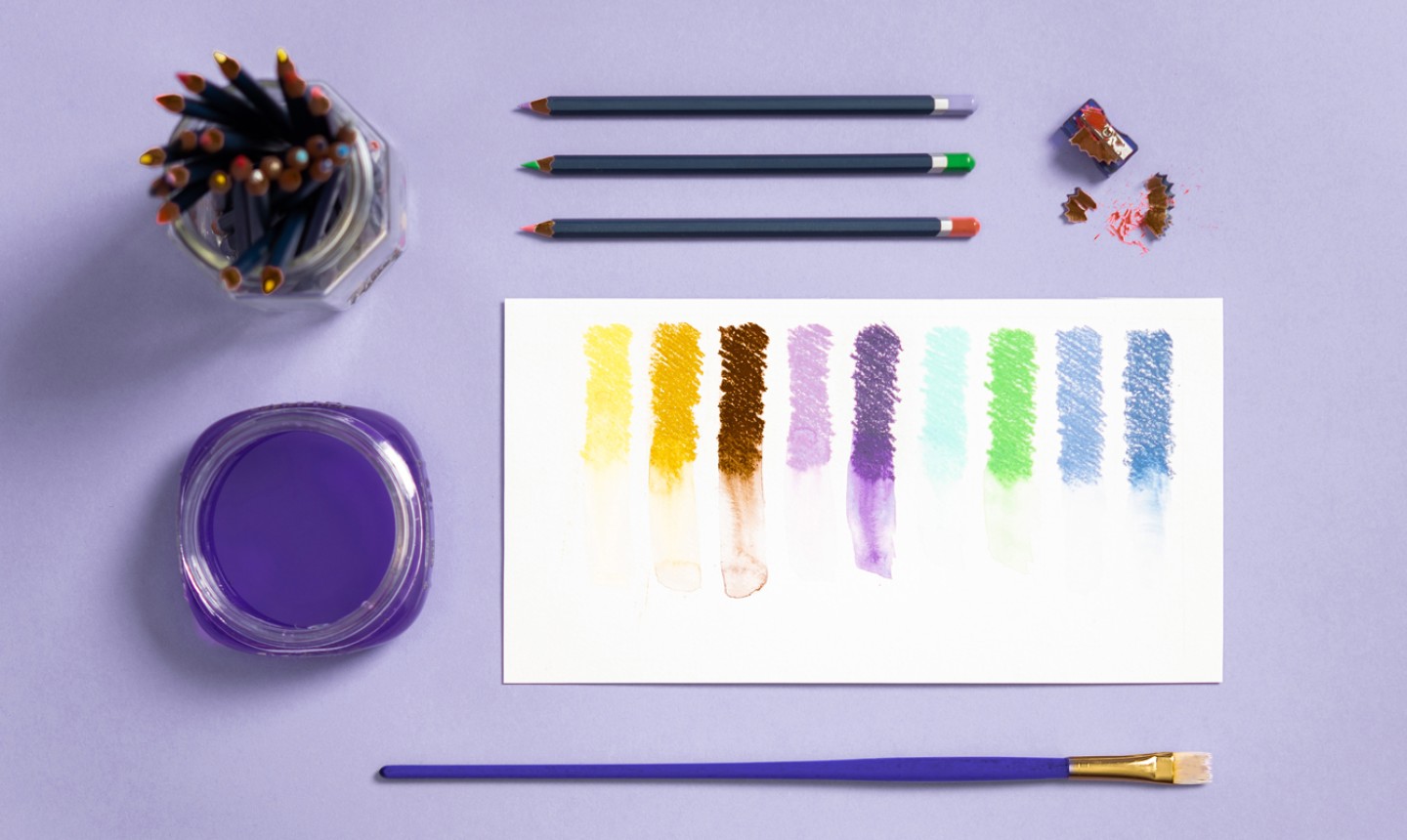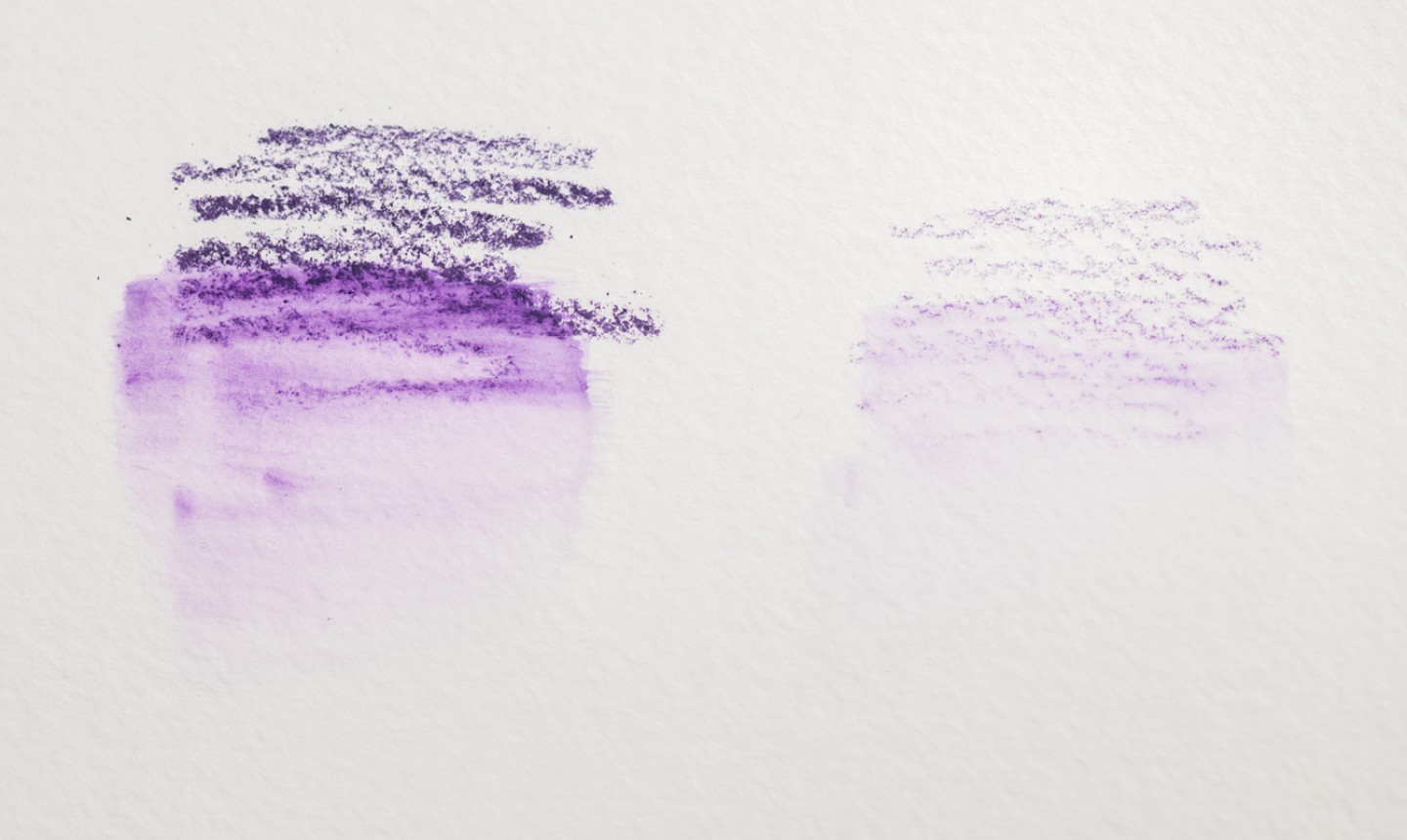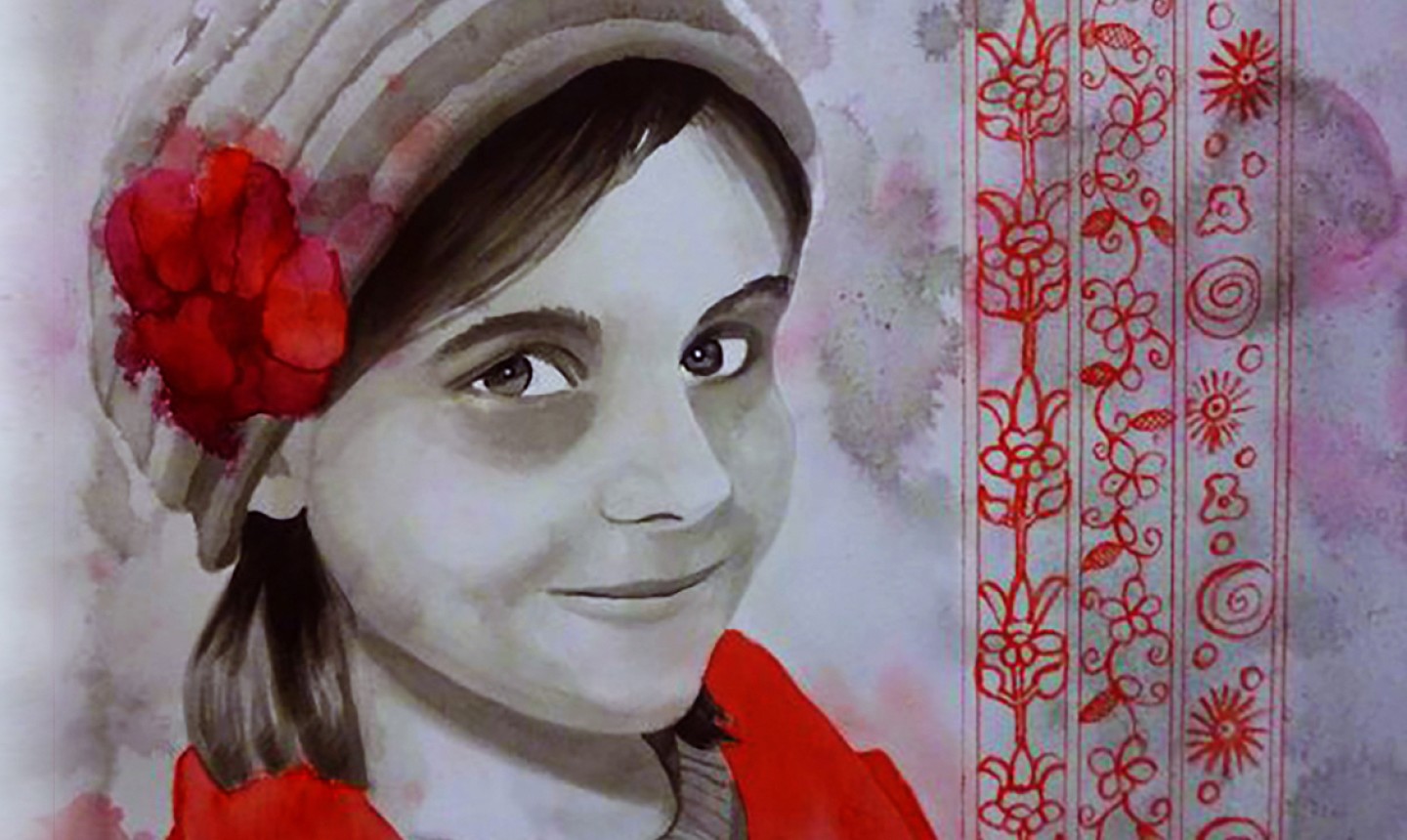
How does this happen? It’s all because the binder holding the pigment in watercolor pencils is water-soluble, unlike the waxy or oily stuff in regular colored pencils. That small difference is enough to open up a world of creative possibility. Here are a few techniques to try with watercolor colored pencils.
1. Draw, Then Brush With Water

This is Watercolor Pencils 101. Just remember to wet the lighter colors first, because brushing darker pigments into lighter ones usually doesn’t end well (for obvious reasons).
Remember that colors look different wet than dry — usually, they’re darker and more vibrant. To see how each color will look when water is added, do a test run on a scrap piece of watercolor paper.

The more pencil you add to your drawing, the more intense the colors will be when they’re wet. For lighter colors, try to color in a “loose” manner and use a very light pressure. You can even layer different pencil colors to blend a new pigment!
2. Use Watercolor Pencils as Portable Paint

There are two methods for using your watercolor pencils as on-the-go paint. You can draw a spot of color on an area of your paper and brush it with water. This will create a spot of watercolor, which you can then use as a palette.
In the second method, you rub your brush directly against the tip of the pencil. However, you’ll have less control over how much pigment is on the brush.
3. Add Details to a Watercolor Painting

“Early this morning,” watercolor and mixed media by Sandrine Pelissier
Watercolor pencils can also be used on top of a watercolor painting to add designs and very fine lines.This technique is really useful when painting electric wires or the details of buildings in a cityscape, like in the painting above.
4. Create Patterns

“Some Flowers Bloom in Winter” by Sandrine Pelissier
Watercolor pencils can add patterns to a painting, the same way regular colored pencils can. In the painting above, the patterns on the right were drawn with watercolor pencil. The lines were drawn with dry pencil; the flowers, with pencil dipped in water. As you see, dipping watercolor pencils in water makes for darker, bolder line. You could even try drawing with the pencils on wet paper to produce a soft line.
Now try these methods for yourself!

Thank you. I had no idea watercolor pencils had so many uses.
Interested in using watercolor pencils.
If I become a member what happens to my credit card number. Would it be safe
I love what you have shown me and I hope I can find you again and learn